The ability to communicate clearly and effectively is crucial in every business; one often overlooked aspect of this is documentation. Whether you’re a seasoned entrepreneur or just starting out, understanding how to create clear and organized documentation can significantly impact the success of your ventures. In this blog post, we’ll explore some key best practices for creating, organizing, and maintaining business documentation to help streamline your operations and propel your business forward.
Tip #1: Clarity is Key
Clear and concise communication is the cornerstone of effective documentation. When creating business documents, whether it’s memos, reports, or manuals, strive to use simple language that is easy to understand. Avoid technical jargon and complex terms that might confuse your audience. Get straight to the point and convey your message in a way that leaves no room for ambiguity. Remember, the goal is to ensure anyone reading your documentation can grasp the information quickly and easily.
Tip #2: Embrace Standard Operating Procedures (SOPs)
Standard Operating Procedures, or SOPs for short, are invaluable tools for streamlining operations and ensuring consistency within your organization. SOPs outline step-by-step instructions for performing specific tasks or procedures, providing a standardized framework for your team. By documenting your processes in SOPs, you enhance efficiency and empower your team members to perform their roles effectively. Whether onboarding new employees, handling customer inquiries, or managing inventory, having well-defined SOPs in place can make all the difference in the world.
Tip #3: Organize and Maintain Your Documentation
Creating documentation is only half the battle – the other half is organizing and maintaining it for easy access and reference. Develop a system for organizing your documents, whether it’s using folders, digital files, or document management software. We love using Trainual and Whale to help keep our training organized and easily accessible! Ensure that each document is labeled clearly and stored in a logical order. Regularly review and update your documentation as needed to reflect any process changes or improvements. By keeping your documentation organized and up-to-date, you’ll save time and effort in the long run and avoid the frustration of searching for information when you need it most.
Remember, good documentation isn’t just about writing stuff down – it’s about setting your business up for success. By following these best practices for creating, organizing, and maintaining your documentation, you’ll enhance clarity, streamline operations, and empower your team to achieve greater success. So go ahead, grab that pen and paper (or keyboard and mouse), and start documenting your path to greatness! Here’s a freebie to get you started!




